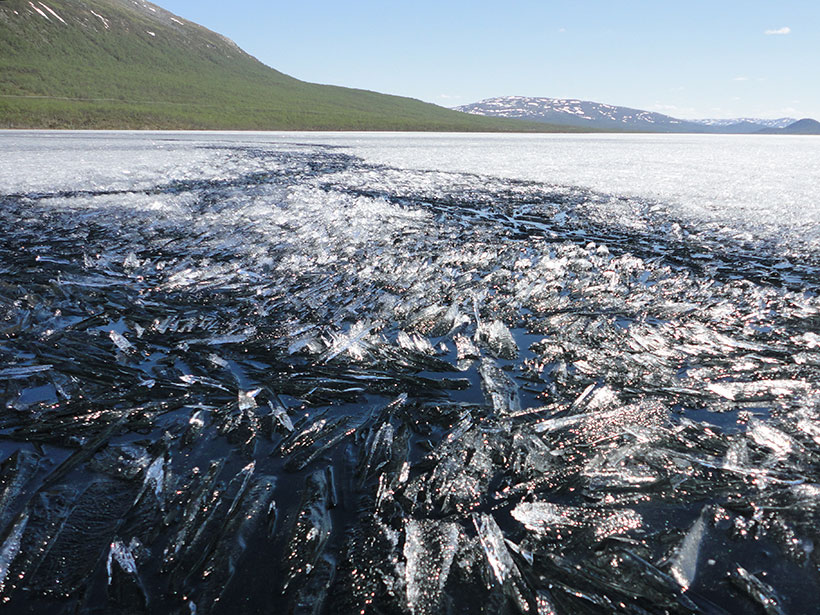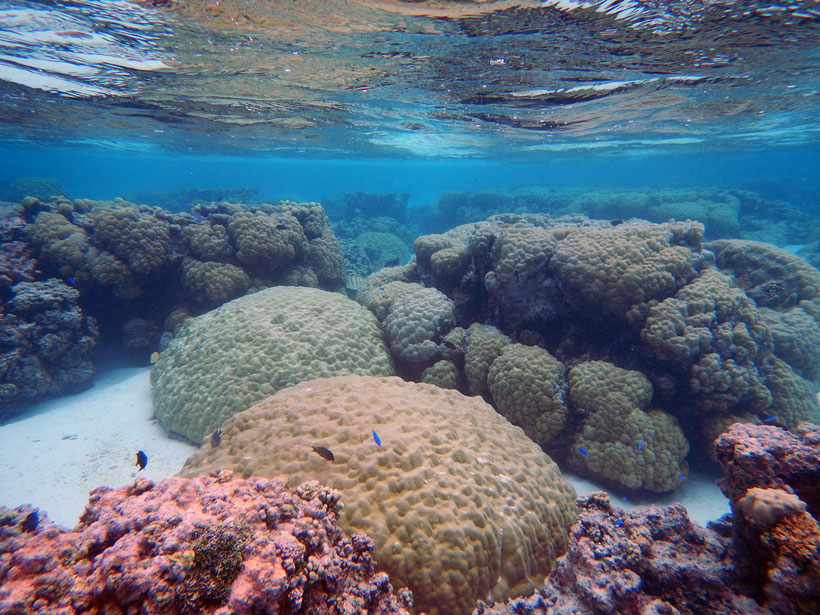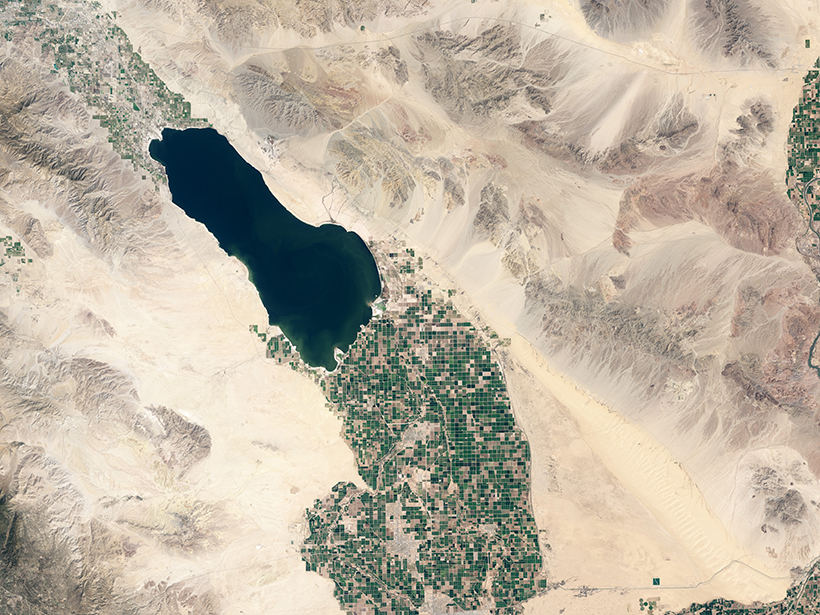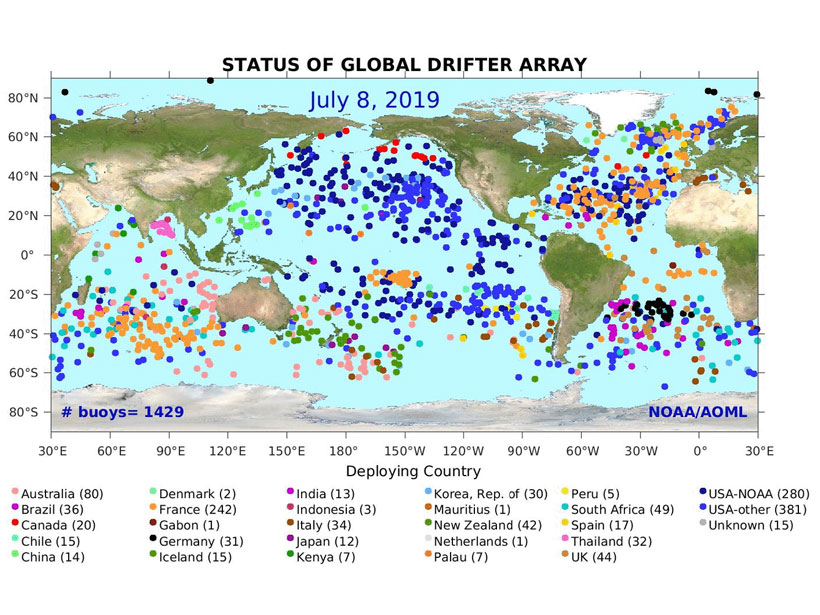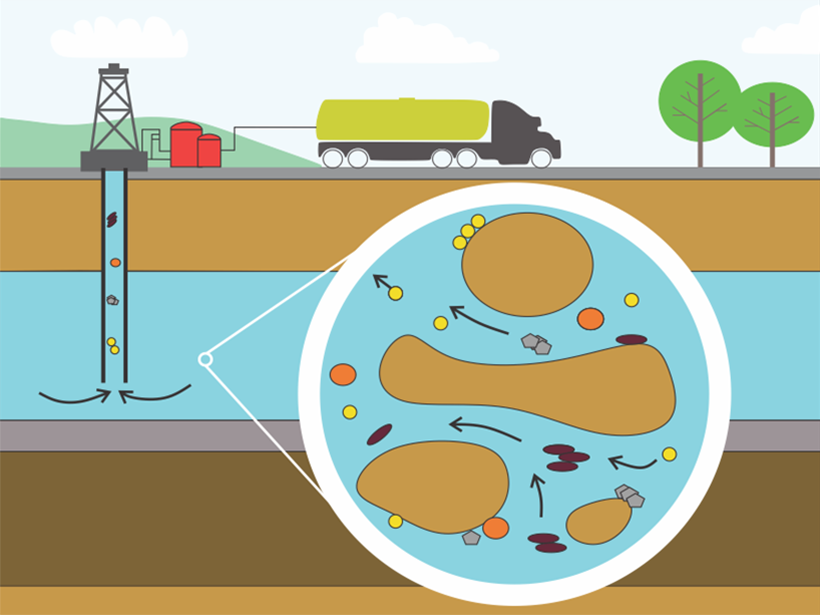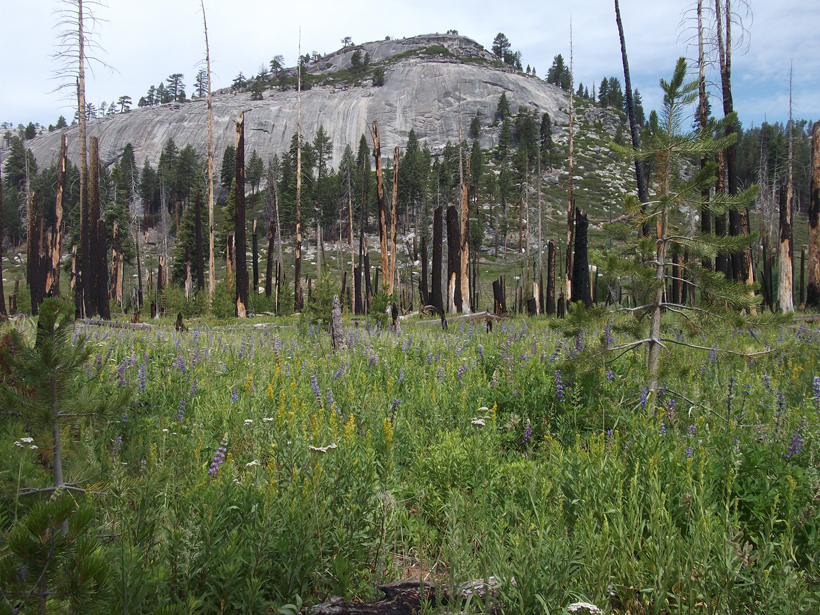Extending ice records and standardizing sampling protocols are among recommendations to help researchers better predict how changing ice cover will affect aquatic ecosystems.
Terri Cook
Terri Cook is an award-winning freelance writer whose career has focused on exploring and explaining the 4.5-billion-year-history of the remarkable planet we live on. Cook, who has an M.S. degree in Earth science from the University of California, Santa Cruz, writes about geology, ecology, and the environment—as well as wine, tea, hiking, and biking—for a diverse group of publications, including Eos, Scientific American, NOVA Next, Science News, and EARTH magazine, as well as Avalon Travel and numerous other travel-related publications. Her reporting has taken her to 25 states and 20 countries scattered across 5 continents, from the depths of the Grand Canyon to the sandy Australian Outback to the mist-shrouded summit of Bali’s Mount Batur. As the coauthor of three popular guidebooks, including Hiking the Grand Canyon’s Geology and Geology Underfoot Along Colorado’s Front Range, Cook gives frequent presentations about geology and science communication. She is the recipient of a 2016 European Geosciences Union Science Journalism Fellowship and is based in beautiful Boulder, Colo.
Corals Make Reliable Recorders of El Niño Fluctuations
A new tool that reconciles modeling and paleoclimate data builds confidence that tropical Pacific corals reliably archive natural variability in the El Niño–Southern Oscillation climate pattern.
How Are Microplastics Transported to Polar Regions?
New modeling indicates that global subsurface ocean currents distribute submerged microplastics along very different routes than those traveled by floating plastic debris.
Distant Quake Triggered Slow Slip on Southern San Andreas
A high-resolution map of surface displacements indicates that the 2017 Chiapas earthquake caused substantial creep along a segment of the San Andreas Fault, located 3,000 kilometers away.
New Volcanic Complex Found Below the Southern Tyrrhenian Sea
Researchers have identified a previously unknown volcanic-intrusive complex that originated through the melting of mantle material at the northern edge of the Ionian slab.
Past Climate Sensitivity Not Always Key to the Future
New research suggests that changes in continental configuration, solar brightness, and background atmospheric carbon dioxide levels all conspire to drive Earth’s climate sensitivity over geologic time.
Updating a Crucial Source of Sea Surface Temperature Data
A new version of a major sea surface temperature data set reduces systematic errors in measurements of one of the most important indicators of the state of Earth’s climate system.
Treating Colloids as Clusters Better Predicts Their Behavior
New research suggests that an accurate prediction of colloidal particle mobilization in the environment should account for the effect of clustering.
Restoring Natural Fire Regimes Can Yield More Water Downstream
Research in Yosemite National Park offers a new benchmark for understanding water balance changes in a mountainous basin 4 decades after its natural wildfire regime was reestablished.
An Integrated History of the Australian-Antarctic Basin
The first basin-wide compilation of seismic and geologic data shows that both margins experienced similar sedimentation patterns prior to the onset of Antarctic glaciation.

